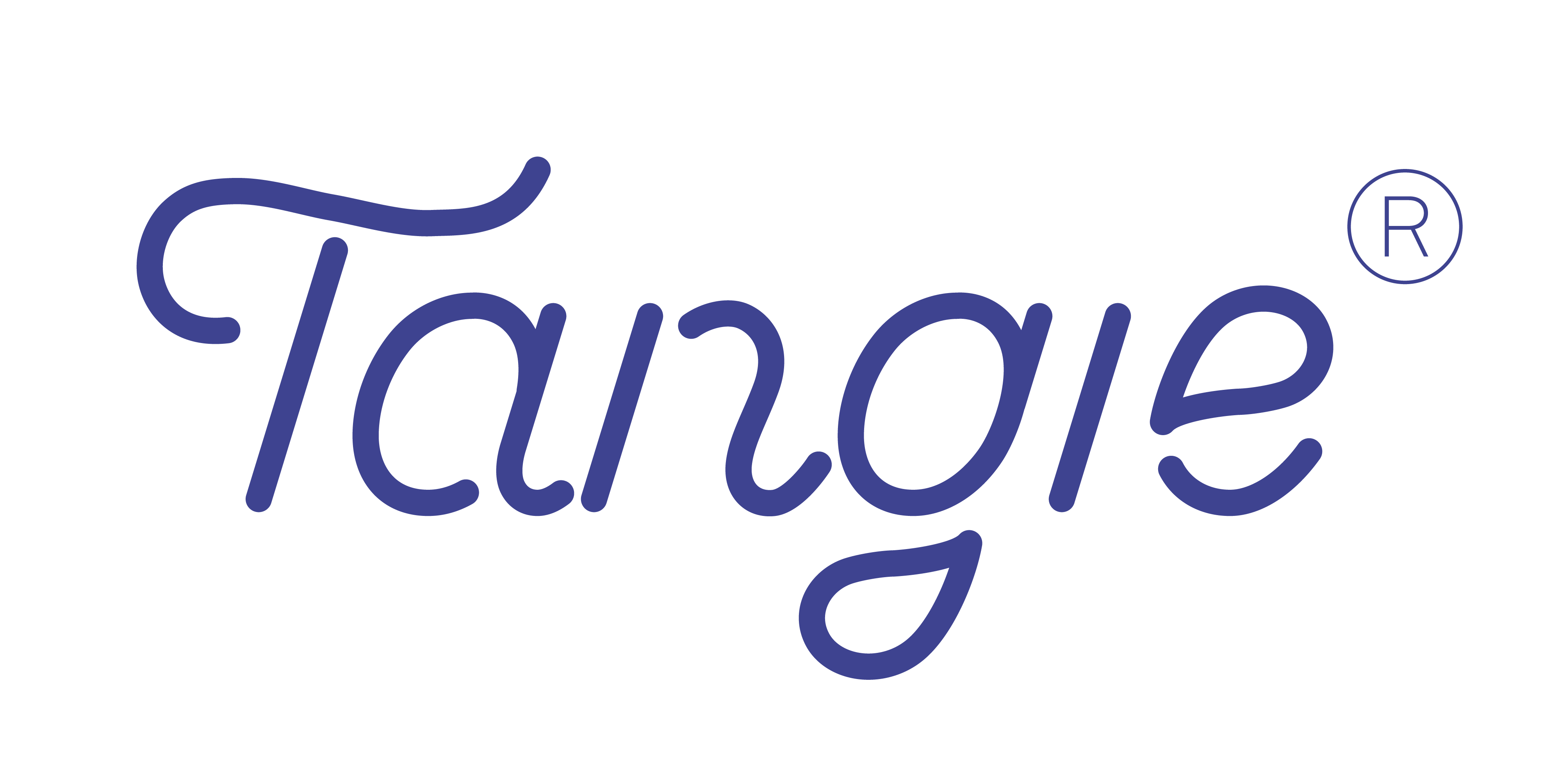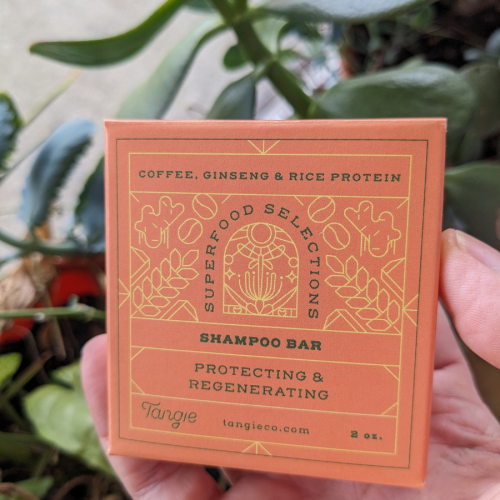Hair Types Chart – Identify Your Hair Type

Understanding your curl type can sometimes be challenging—we get it. The journey to recognizing and accepting your hair texture might be a bit complex, but it doesn’t need to be too difficult. Getting to know your curl type and its specific desires allows you to explore a realm of styling, caring for your hair, and self-appreciation that makes any experimentation truly rewarding.
Embrace your curl type by experimenting with different shampoos, conditioners, and styling creams to find what works best for you.
Understanding your curls also opens up a world of styling possibilities. You can try out new hairstyles that complement your natural texture, from defined ringlets to voluminous waves. Additionally, learning to work with your curls can boost your confidence, allowing you to appreciate the uniqueness of your hair.
Remember, the key to loving your curls is patience and experimentation.
As you explore different products and techniques, you’ll discover what makes your hair thrive. Celebrate your individuality and enjoy the journey of self-discovery through your curls.
In this article, we will discuss in depth:
- What are the 4 main hair types?
- How To Style And Care For Your Hair Type
- Haircare Routine Template For Your Hair Type
- Common Pitfalls In Your Haircare Routine
- Choosing Zero Waste Products For Your Hair
What Are the 4 Main Hair Types?
Embracing your hair type is a journey, not a destination. As you learn what works best for your hair, you’ll discover the joy of self-expression through your unique style. Remember, your hair tells a story—one of individuality, culture, and beauty.
Hair can be categorized into four main types based on its texture, curl pattern, and thickness. Understanding these types can help in selecting the right products and styling methods. Here’s an in-depth look at each hair type:
| Hair Type | Strand Pattern | Key Characteristics |
|---|
| 1 | Pin-straight | Fast-travelling sebum → oily roots; minimal volume. |
| 2 | Loose to define: “S” | Prone to frizz; moderate porosity. |
| 3 | Spiral curls | Dry, shrinkage-prone; defined ringlets. |
| 4 | Tight coils/kinks | Very dry; fragile, significant shrinkage. |
Straight Hair (Type 1)
Straight hair is often seen as sleek and shiny, but it can also be quite challenging to manage.
Personal Touch: If you have straight hair, think of it as a canvas. It’s versatile and can easily be styled in various ways, from sleek ponytails to loose waves with the right tools.
Routine Suggestions: Incorporate a lightweight serum or spray to add shine without weighing it down. Regular trims will keep your ends healthy and prevent split ends.
Characteristics:
Lacks curl or wave.
Generally shiny and smooth due to its flat structure.
Tends to be oily, as natural oils can travel down the hair shaft easily.
Subcategories:
Type 1A: Very fine, soft, and thin; often lacks volume.
Type 1B: Medium thickness with some volume; can hold styles better.
Type 1C: Coarse and thick; may have a bit of wave but is primarily straight.
Wavy Hair (Type 2)
Wavy hair has a natural bounce and movement that many people envy.
Personal Touch: Embrace your waves! They offer a beautiful texture that can be enhanced with the right products. Consider using a sea salt spray for that effortless beachy look.
Routine Suggestions: Focus on hydration. A moisturizing conditioner can help define your waves while keeping frizz at bay. Experiment with styling creams to enhance your natural texture.
Characteristics
Has a natural wave pattern, resembling an “S” shape.
It can range from fine to coarse.
Often frizz-prone, especially in humid conditions.
Subcategories
Type 2A: Fine and thin with a loose wave; easy to style.
Type 2B: Medium texture with more defined waves; can be frizzy.
Type 2C: Coarse texture with thick, well-defined waves; more resistant to styling.

Curly Hair (Type 3)
Curly hair is vibrant and full of personality, but it requires special care to keep those curls looking their best.
Personal Touch: Your curls are unique! They can be styled in countless ways, from defined ringlets to loose, bouncy curls. Experiment with different styling techniques to find what works best for you.
Routine Suggestions: Consider using a curl cream or gel to define your curls and reduce frizz. Regular deep conditioning treatments will help maintain moisture and elasticity.
Characteristics
Defined curls that can be springy or loose.
More prone to dryness and frizz due to the twists and turns in the hair shaft.
Can vary in thickness and texture.
Subcategories
Type 3A: Loose, large curls; bouncy and shiny.
Type 3B: Medium-sized curls; more volume and frizz.
Type 3C: Tight curls or corkscrews; densely packed and very voluminous.
Coily/Kinky Hair (Type 4)
Coily hair is rich and textured, often requiring the most moisture and care.
Personal Touch: Your coils are a crown! Embrace protective styles that not only look beautiful but also help minimize damage. From braids to twists, there are endless options to express your style.
Routine Suggestions: Use heavy creams and oils to lock in moisture. Regularly deep condition and consider using a leave-in conditioner to maintain hydration and manageability.
Characteristics
Very tight curls or zigzag patterns; often described as “kinky.”
Tends to be the driest hair type due to its structure, which makes it difficult for oils to travel down the shaft.
It can vary from fine and soft to coarse and wiry.
Subcategories
Type 4A: Soft, springy curls that form a defined pattern.
Type 4B: Less defined curls that bend at sharp angles; more fluffy.
Type 4C: Very tightly coiled with little to no defined curl pattern; often the most fragile.
Understanding your hair type is not just a matter of categorization; it’s about embracing your unique beauty and tailoring your hair care routine to meet your specific needs.
Each hair type comes with its own set of characteristics, challenges, and advantages. By recognizing these traits, you can choose the right products and styling techniques, leading to healthier, more vibrant hair.
| Why Knowing Your Hair Type Matters When you understand your hair type, you can: Choose the Right Products: Different hair types require different ingredients. For instance, straight hair may benefit from lightweight formulas, while curly hair often needs extra moisture and curl definition. Tailor Your Styling Techniques: The way you style your hair can vary significantly based on its type. Straight hair might hold styles differently than coily hair, which may require specific techniques to enhance its natural beauty. Prevent Damage: Using the wrong products or techniques can lead to breakage, frizz, and other forms of damage. Knowing your hair type helps you avoid these pitfalls. |
How To Style And Care For Your Hair Type
Type 1: Straight
Type 1 hair does not have any natural curl. The strands can vary in texture, being either fine or coarse, thick or thin, but they hang straight from the roots to the ends without any wave.
This hair type is prone to becoming oily, so it’s advisable to check product labels to ensure that what you purchase won’t add additional oil to your hair.
Type 2: Wavy Hair
Type 2A
The natural state of type 2 hair is characterized by a gentle, tousled texture that strikes a balance between straight and wavy.
From the roots to eye level, hair tends to remain fairly sleek and straight, creating a polished appearance. As the hair transitions from eye level to the ends, it begins to form a loose, undefined wave that adds movement and dimension. This wave is not overly pronounced, making it versatile for various styles.
To maintain and enhance the natural wave without weighing it down, it is essential to avoid heavy, oil-based, or creamy styling products that can flatten the texture. Instead, consider using a light mousse, which can add volume and body to the roots, helping to lift the hair for a fuller look.
Alternatively, a styling gel can be applied selectively to define the waves more distinctly, allowing for a more structured and polished appearance.
Type 2B
Similar to type 2A, type 2B hair starts as straight at the roots but begins to curl more significantly from the midpoint to the ends, resulting in a well-defined S shape in the curls.
These curls are typically more pronounced than those of type 2A and often look more frizz-prone, which may require additional effort to achieve a completely straightened look. However, achieving that effortless beachy vibe is relatively easy with the right products, especially with a spray of salt spray that can enhance texture and add a tousled finish.
Furthermore, type 2B hair is particularly well-suited for hair coloring techniques like balayage. This trend involves stylists hand-painting color onto the outer layers of hair, resulting in beautiful highlights that blend seamlessly and complement the natural waves.
The texture of type 2B hair can also help showcase the color more dramatically, adding depth and dimension to the overall look.
Type 2C
The most well-defined S-shaped waves are classified as type 2C. This specific type of hair typically has a thick texture and is characterized by its prominent waves that create a clear S shape.
Hair of this type can often be more susceptible to frizz, especially in humid or damp weather conditions, which may cause the waves to lose their definition.
To manage and maintain the beauty of type 2C hair, it’s recommended to use hydrating products and styling techniques that help minimize frizz while enhancing the natural wave pattern. Regular conditioning and using products designed for wavy hair can aid in keeping the hair healthy and manageable.
Type 3: Curly
Type 3A
With type 3A hair, S-shaped curls form loose loops. The curls have a circumference a little wider than the large end of a taper candle. This type of hair is known for its voluminous and bouncy appearance, which can create a lively and youthful look.
The curls in type 3A hair tend to be well-defined and soft, giving them a natural sheen and movement.
One important styling note: Brushing this hair type can damage curl definition and lead to a frizzy mane. To avoid poofy hair, don’t brush your curls once they’re dry.
Instead, it’s recommended to use your fingers or a wide-tooth comb to gently detangle hair when it’s wet, ideally while applying a leave-in conditioner or curl cream. This helps maintain the integrity of the curls and keeps them looking their best.
Using styling products designed for curly hair, such as mousse or curl enhancers, can help define and hold the curls while reducing frizz. Regular deep conditioning treatments can also keep the hair hydrated and healthy, which is essential for maintaining the elasticity and bounce of 3A curls.
Type 3B
Curls classified as 3B are roughly the same width as the barrel of a Sharpie marker. They originate from the roots and feature significant volume. To keep their distinct spiral form, these ringlets typically require moisture.
It’s best to steer clear of silicone and sulfates in your curl-care products. While they might provide a temporary solution for frizz, they can lead to dryness over time, resulting in hair breakage.
Type 3C
These curls are tight and springy, coiling perfectly around a drinking straw. To maintain the definition of these corkscrew curls, a hands-on approach is essential.
Type 4: Coils
Type 4A
Type 4A refers to a specific subtype of Type 4 hair, which is characterized by tight, coily curls that have a defined “S” shape. This hair type tends to be extremely thick, dense, and often requires a lot of moisture and care to maintain its health and bounce.
Due to its natural texture, Type 4A hair can be prone to dryness and shrinkage, making it important to use products that nourish and define the curls without weighing them down.
Common care techniques for Type 4A hair include:
- Regular deep conditioning treatments keep the hair hydrated.
- Utilizing leave-in conditioners to maintain moisture throughout the day.
- Styling with curl creams or gels to enhance the definition of curls.
- Protective styling methods to prevent damage and reduce manipulation.
Type 4B
Hair that falls into the 4B category features zig-zag curls. A well-known method for defining and enhancing these curls is called shingling.
To begin shingling, start with damp hair. Carefully detangle using your fingers and apply a generous amount of leave-in conditioner to hydrate and nourish your hair, then divide it into four sections. Apply curl cream or gel along the length of each curl, twisting the strands around your index finger as you progress.
Type 4C
4C hair consists of the tightest and most delicate coils. They can easily break if harshly combed or if combed too frequently, so it’s crucial to often provide nourishment with rich conditioners.
Weekly Haircare Routine Templates
| Day | Type 1 | Type 2 | Type 3 | Type 4 |
|---|
| Wash | Shampoo + light cond. | Low-lather shampoo + cond. | Co-wash + rich cond. | Pre-poo + shampoo + LOC/LCO |
| Mid-Week Refresh | Dry shampoo + root spray | Water + leave-in + scrunch | Water + gel + scrunch | Water + leave-in + oil |
| Deep Treatment | Clarifying mask (monthly) | Humectant mask (bi-weekly) | Protein mask (3-weeks) | Moisture mask (2-weeks) |
| Heat/Protect | Blow-dry/mousse as needed | Diffuse/plop | Air-dry or low-heat diffuser | Protective style or stretch |
Common Pitfalls & How to Avoid Them
Your hair is as individual as you are. By following this structured, type-specific blueprint—blending gentle care, targeted treatments, and smart styling—you’ll unlock stronger, shinier, more vibrant hair.
Consistency, patience, and attention to your hair’s evolving needs are the keys to long-term success.
Product Overload
In the quest for “perfect” hair, it’s tempting to pile on leave-ins, creams, oils, gels, mousses, serums… and on. Unfortunately, too many products—and especially products with heavy silicones, butters, or waxes—can build up on the shaft, weighing down your style, clogging your cuticles, and even contributing to scalp congestion.
Neglecting Scalp Health
The hair follicle is rooted in the scalp—think of it as your hair’s “soil.”
An unhealthy scalp (dryness, oil imbalance, build-up, or inflammation) can lead to weaker strands, slower growth, and flaking.
| Signs of Scalp Neglect Persistent itchiness or tightness. Visible flakes or dandruff. Oily roots with dry ends (uneven sebum distribution). |
Ignoring Hair Porosity
Porosity describes how easily moisture enters and exits your hair cuticle. If you don’t match your products and routines to your porosity level, you’ll either fail to hydrate (high-porosity hair) or overload (low-porosity hair).
| How to Test Porosity Drop a clean strand in water. If it sinks immediately, it’s high-porosity; if it floats for a long time, it’s low-porosity; mid-floaters tend to be normal. Low-Porosity Hair – Use lighter, water-based products (sprays, milks). – Apply on damp, warm hair (steam or gentle heat) to help products penetrate. High-Porosity Hair: – Choose richer creams and oils (shea butter, avocado oil) to seal in moisture. – Follow a protein-moisture balance: alternate protein treatments (to strengthen) with heavy moisturizing masks. Medium-Porosity Hair: – You have more flexibility—focus on maintaining your balance with moderate-weight products and regular trim cycles. |
Excessive Tension
Constantly pulling hair into tight ponytails, buns, or braids creates mechanical stress on the follicle and shaft. Over time, this can cause breakage, traction alopecia (receding hairline), and scalp soreness.
Choosing Zero Waste Products For Haircare
When you start peeling back the layers of your beauty routine, it can feel a bit overwhelming, especially when you realize how much plastic, foam pumps, and non-recyclable packaging lurk in your shower caddy. But choosing zero-waste haircare doesn’t have to feel like a chore. Think of it as a little adventure in eco-friendly self-care, where every swap is a small win for the planet.
Why Go Zero Waste in Your Haircare Routine?
Less landfill, more love: Traditional shampoo bottles can take centuries to decompose. Zero-waste alternatives aim for “closed-loop” solutions that keep materials in use rather than in dumps.
Simplify your shower shelf: Solid bars, refills, and multi-use products cut down on clutter—no more juggling four bottles on the edge of your tub.
Better for your hair: Many zero-waste brands lean on plant-powered, minimally processed ingredients that leave out harsh sulfates and silicones.
Spotlight: Superfoods Shampoo & Conditioners by Tangie
If you’re looking for a zero-waste duo that feels a little like a green smoothie for your strands, let me introduce you to Superfoods Shampoo & Conditioner Bars by Tangie. These bars are packed with nutrient-rich extracts—think avocado butter for slip, kale oil for shine, and sea buckthorn to defend against environmental stressors.
You might need to try out different formulas to discover which products best nourish, define, and enliven your curls. And the tighter and more porous your curl pattern, the more essential a deeply hydrating, regularly applied moisturizer becomes.
 Save $$ every time you buy Tangie bar
Save $$ every time you buy Tangie bar












